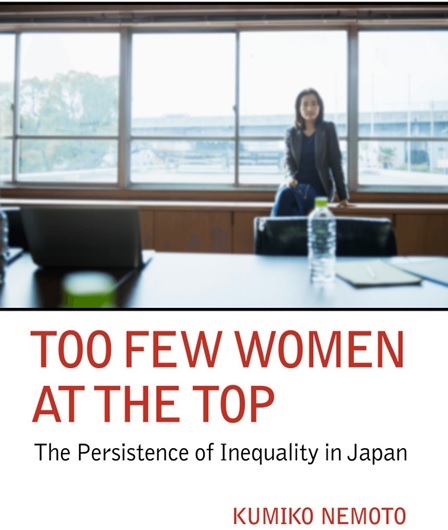
by Heather A. Haveman
How did a magazine industry emerge in the United States in the eighteenth century, where there were once only amateur authors, clumsy technologies for production and distribution, and sparse reader demand? Why would anyone launch a magazine-publishing venture under such circumstances? What legitimated magazines as they competed with other media, such as newspapers, books, and letters? And what role did magazines play in the integration or division of American society?
My new book, Magazines and the Making of America, investigates how, over a 120-year period, magazines and groups they connected ushered America into the modern age. It reveals how magazines fundamentally transformed the nature of community in America. The signature modernizing talent of magazines, like other media, is to connect people – to literally mediate between them, to facilitate frequent interactions between them even when they are geographically dispersed and would otherwise never meet face to face.
Magazines in this era supported many distinct, cohesive, translocal communities – collections of people with common interests, values, principles, ideas, and identities who were often situated far away from each other. As America became socially differentiated, magazines engaged and empowered diverse communities of faith (in a burgeoning number of religious groups), communities of purpose (in a wide array of social-reform movements), and communities of practice (in commerce, agriculture, and specialized occupations such as medicine and law).
Religious groups could distinguish themselves from others and demarcate their identities. Social-reform movements could energize activists across the country to push for change. People in specialized occupations could meet and learn from one another to improve their practices. But countering their modernizing effects, magazines also supported many communities of place, which embodied traditional localistic reactions to the rise of modern translocal communities.
Read More









